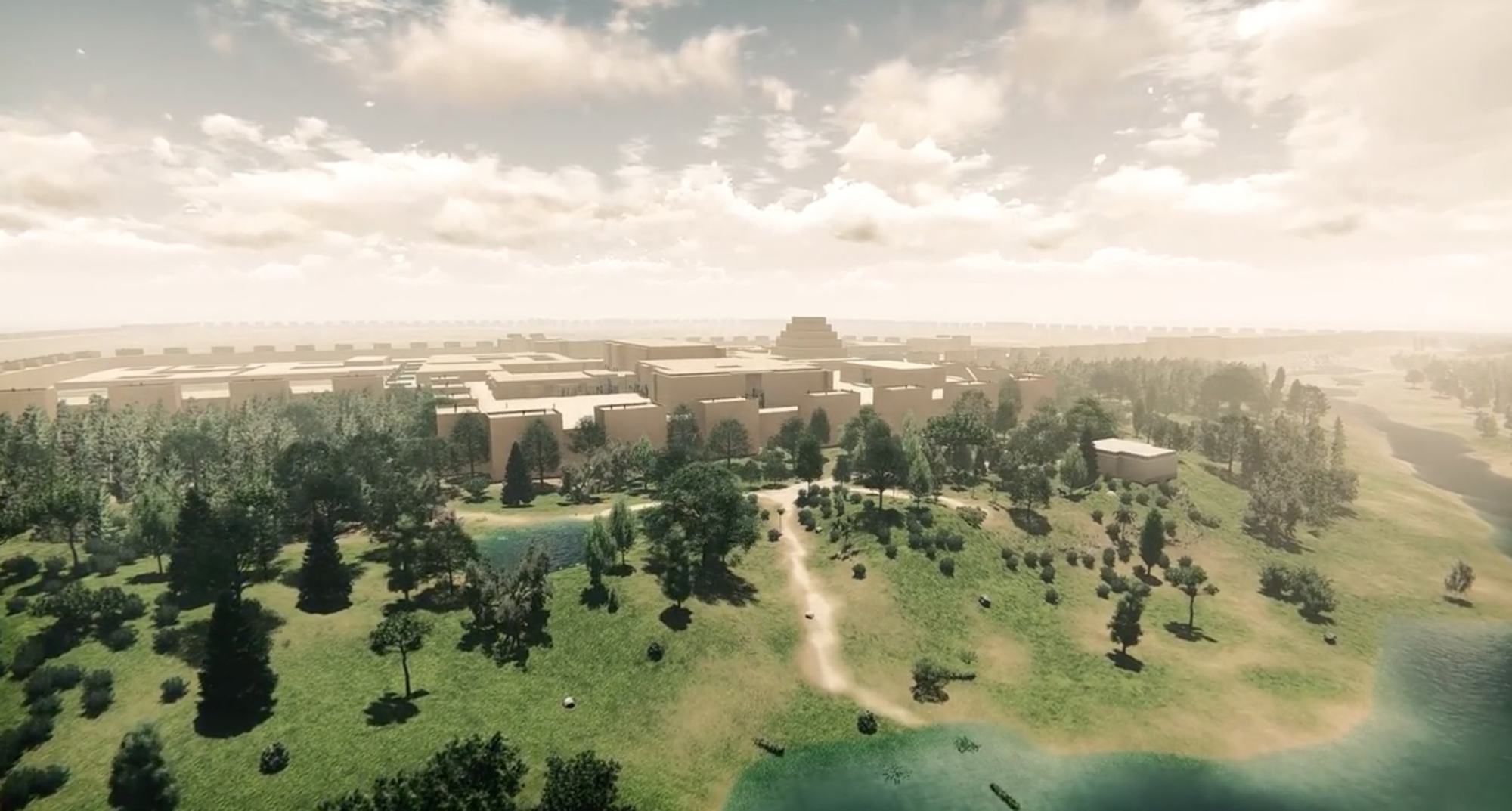
- Home
- Explore the site
- Discovery of the site
- Victor Place’s excavations
Victor Place (1818-1875)
The diplomat Victor Place was made consul at Mosul in 1851. As the British teams led by Sir Henry Layard had already started excavating the sites at Nimrud and the Kuyunjik tell, formerly Nineveh, Victor Place resumed the work begun by Paul-Émile Botta in Khorsabad. Although lacking many of the skills of his predecessor, he was very interested in architecture and excavated the site to a high standard for the time.
A rigorous scientific approach
Although Botta believed he had finished excavating the site, Place unearthed more than one hundred parts of the palace as well as the temples sector – which he mistook for a harem – and was intent on understanding the structure of the palace "from the foundations to the roof". He was assisted in his work by the artist and illustrator Félix Thomas. The engineer Gabriel Tranchand recorded the excavations using calotypes. This is the first time photography had been used on an archaeological site.
Loss of a convoy
Place could not bring himself to saw the bulls into lighter sections, making it more difficult to transport them and the reliefs from Khorsabad. He selected the remains and made very careful preparations for their shipment, but unfortunately the transport ship from France arrived a year late. After a difficult journey, the convoy sank in the river at Kournah on 21 May 1855. They only managed to salvage a handful of remains. Place was devastated.
”So many legitimate hopes sank in an instant (...).”
(Victor Place to the minister Achille Fould, manual AB p. 522, quoted by Parrot, Archéologie mésopotamienne, p. 82)


